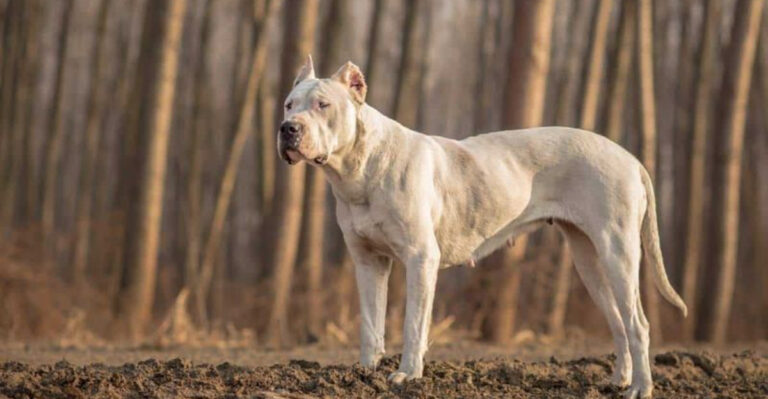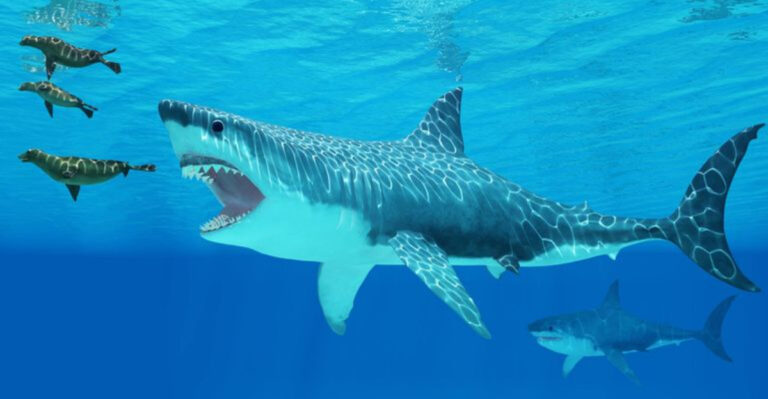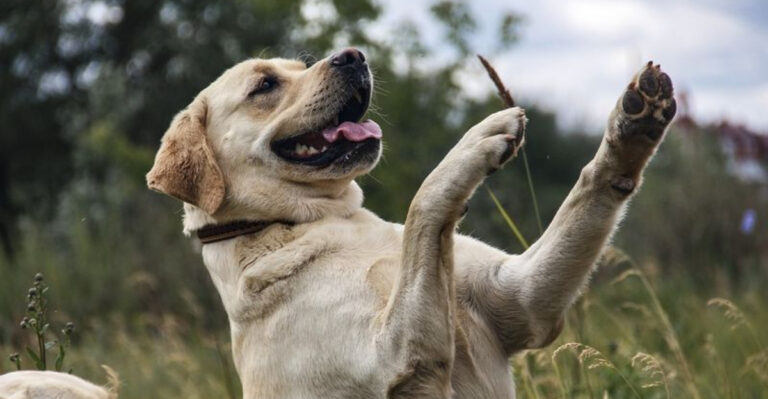Nearly Extinct ‘Forgotten Antelope’ Photographed For The First Time In The DRC
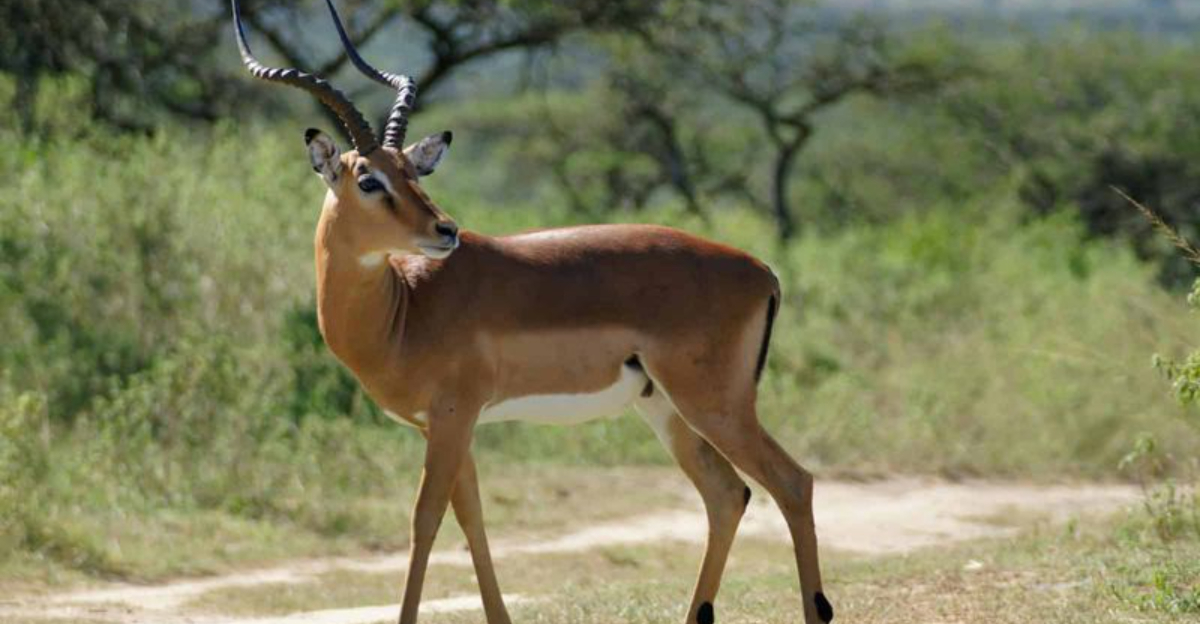
Wildlife photographers recently captured the first images of the elusive Upemba Lechwe in decades, sending ripples of excitement through the conservation community.
This forgotten antelope species, native to the Democratic Republic of Congo, has teetered on the edge of extinction for years. The remarkable discovery offers new hope for protecting one of Africa’s most endangered mammals.
1. Rediscovered After Decades
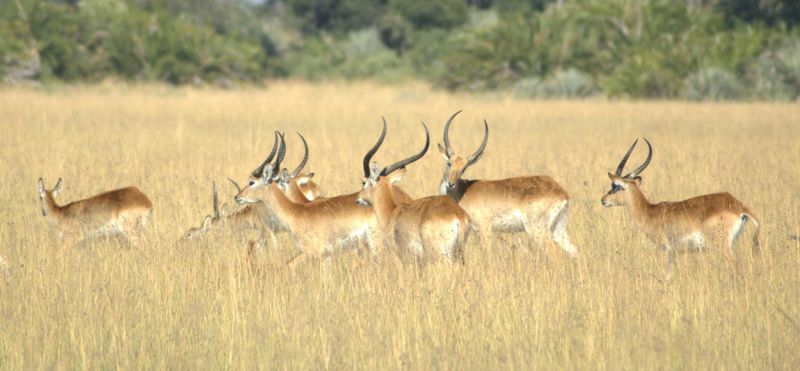
Like a ghost materializing from the mists of time, the Upemba Lechwe has resurfaced in wildlife records. Conservation teams equipped with camera traps captured the first photographic evidence in nearly 30 years.
This momentous rediscovery sparked celebration among zoologists who feared the species had vanished forever.
2. Endemic To The DRC
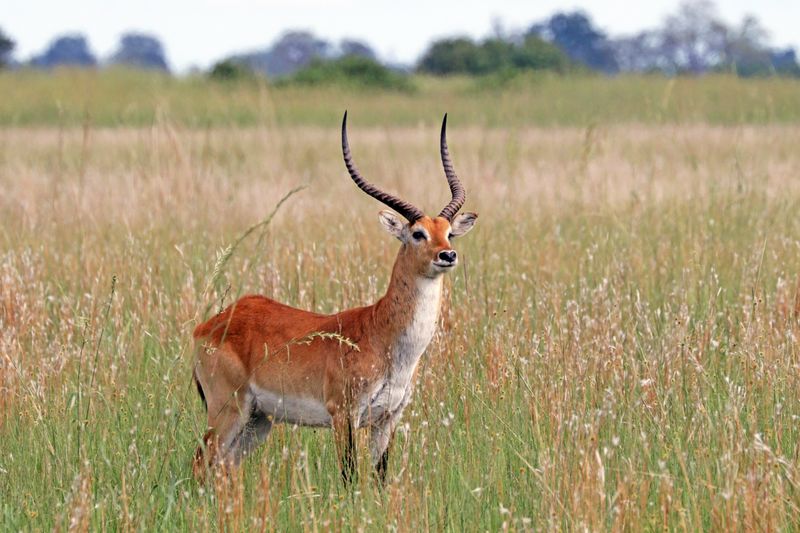
Found nowhere else on Earth, these remarkable antelopes call the southeastern corner of the Democratic Republic of Congo their exclusive home. Their natural range centers primarily within Upemba National Park, a remote wilderness of wetlands and savanna.
This extreme geographic specificity makes their conservation especially challenging yet vital.
3. A Rare Sight

Spotting an Upemba Lechwe in the wild is akin to witnessing a living fossil. Before the recent photographic evidence, the last confirmed sighting dated back to the early 1990s.
Scientists had almost relegated these graceful creatures to memory, with some fearing they had joined the ranks of extinct species without documentation.
4. Threatened By Habitat Loss
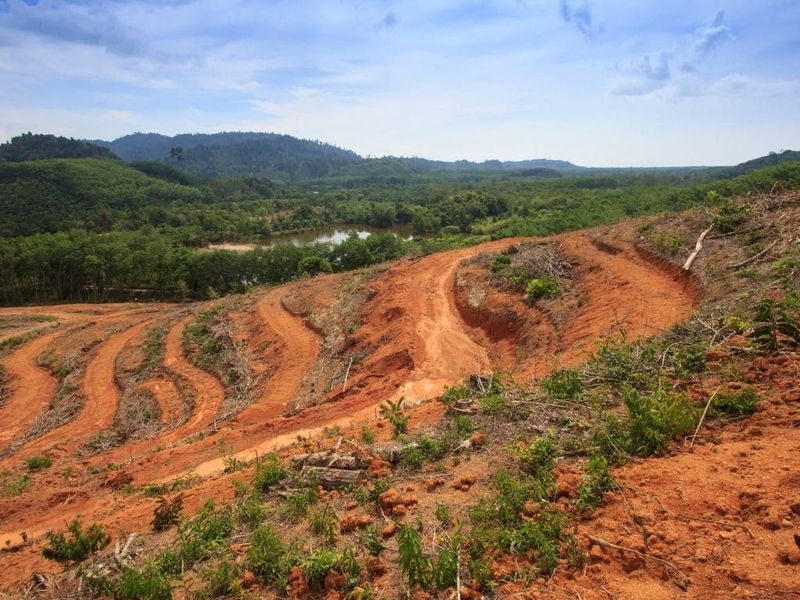
Bulldozers and farming equipment represent silent killers for these specialized antelopes. As humans convert wetlands to farmland, the Upemba Lechwe loses critical habitat necessary for its survival.
Civil unrest in the region has accelerated environmental degradation, pushing these animals into increasingly smaller pockets of suitable terrain.
5. Adapted To Wetlands
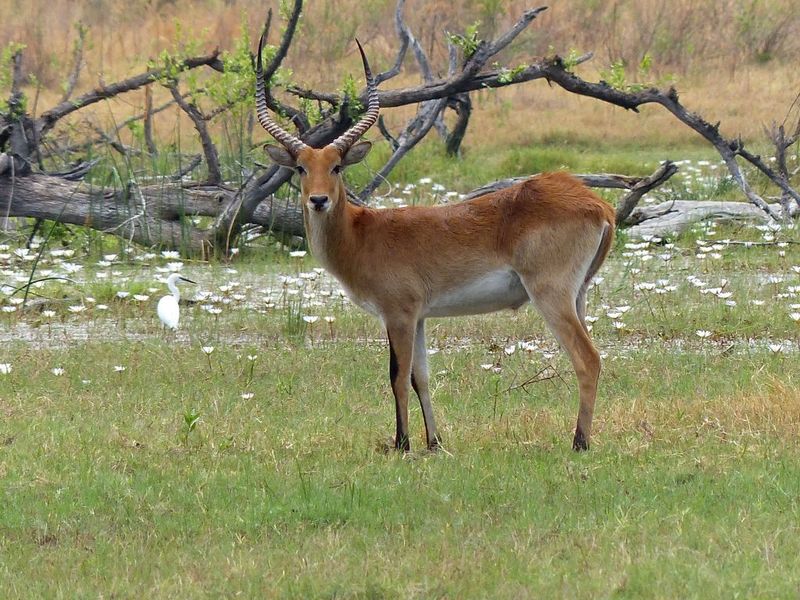
Evolution has crafted these antelopes into wetland specialists. Their elongated hooves spread weight across muddy surfaces, preventing them from sinking into soft terrain.
Where other hoofed mammals flounder in marshes, the Upemba Lechwe moves with surprising grace and speed, navigating waterlogged landscapes with remarkable agility.
6. Distinctive Physical Features
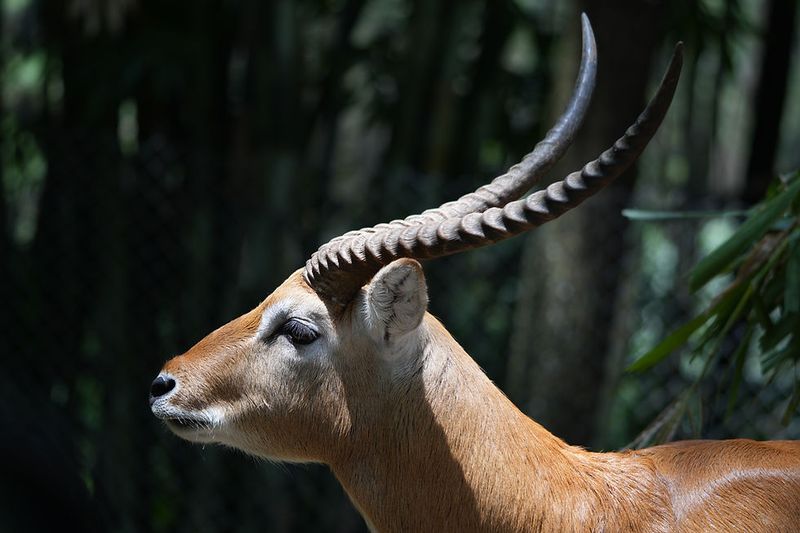
Standing out among Africa’s antelope species, the Upemba Lechwe boasts a striking silhouette. Males display impressive lyre-shaped horns that curve gracefully backward, then forward at the tips.
Their russet coats transition to cream-colored underbellies, creating perfect camouflage among the golden grasses and reeds of their native wetlands.
7. Diet Of Grasses And Aquatic Plants
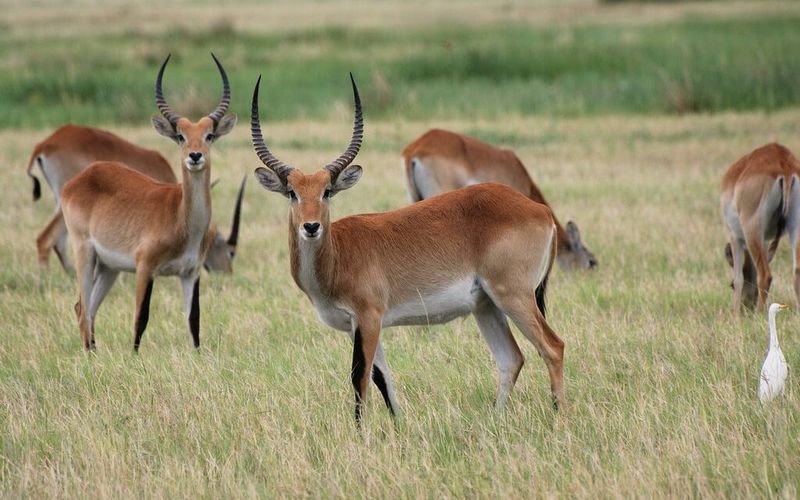
Morning light often reveals Upemba Lechwes grazing on tender shoots emerging from shallow waters. Their specialized diet includes water lilies, reeds, and semi-submerged grasses that other herbivores cannot reach.
This dietary niche reduces competition with other grazers but ties their fate directly to wetland preservation.
8. Water-Loving Creatures

When danger approaches, these antelopes don’t flee to higher ground – they plunge deeper into water! Capable swimmers from birth, they navigate submerged obstacles with remarkable precision.
Their water affinity serves as both feeding strategy and defense mechanism, allowing them to escape land predators by seeking refuge where few can follow.
9. Small Remaining Population
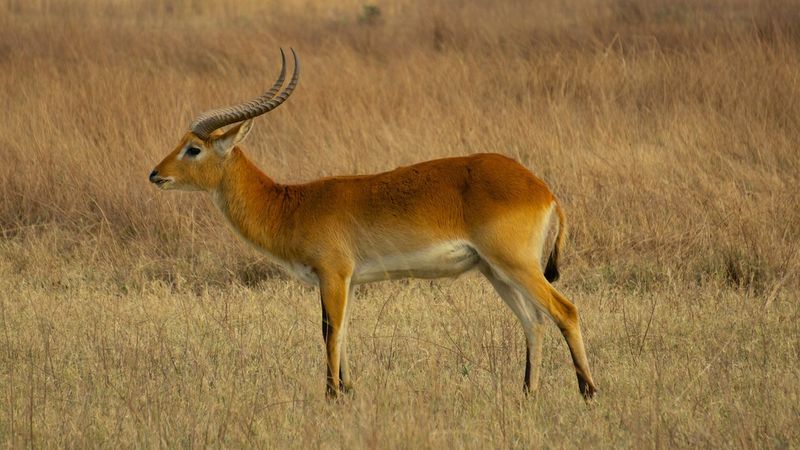
Whispers among conservation circles suggest fewer than 1,000 individuals remain in the wild. Such critically low numbers place the Upemba Lechwe among Africa’s most endangered mammals.
Genetic bottlenecking threatens their long-term survival, with each lost individual representing a significant percentage of the remaining population.
10. Significant Conservation Efforts
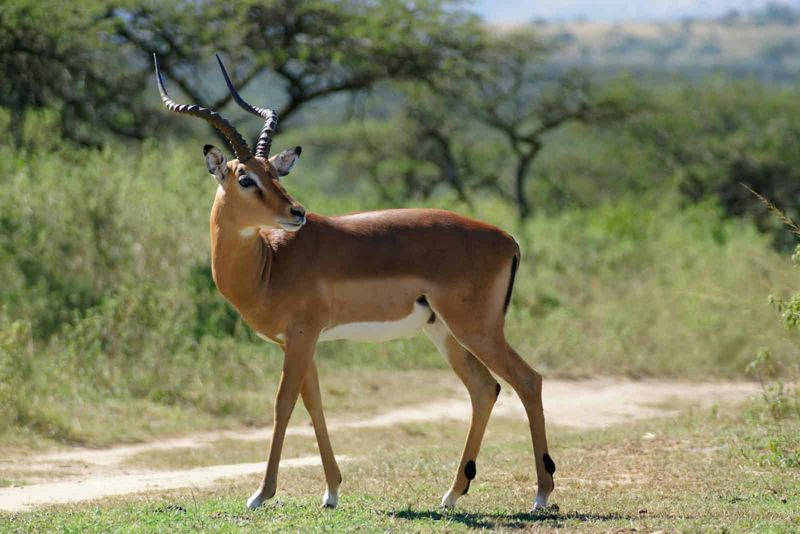
Rangers patrol tirelessly through Upemba National Park’s marshy terrain, often risking their lives to protect these living treasures. International conservation groups have launched emergency funding campaigns following the recent photographic evidence.
Satellite monitoring now tracks habitat changes, while community outreach programs engage local villages as conservation partners.
11. Threatened By Poaching

Wire snares set for bushmeat claim countless Upemba Lechwes annually. Though not specifically targeted, these antelopes fall victim to indiscriminate hunting techniques.
Economic hardship drives local communities toward wildlife exploitation, creating a complex conservation challenge that requires addressing human needs alongside wildlife protection.
12. Increased Conservation Attention After Discovery
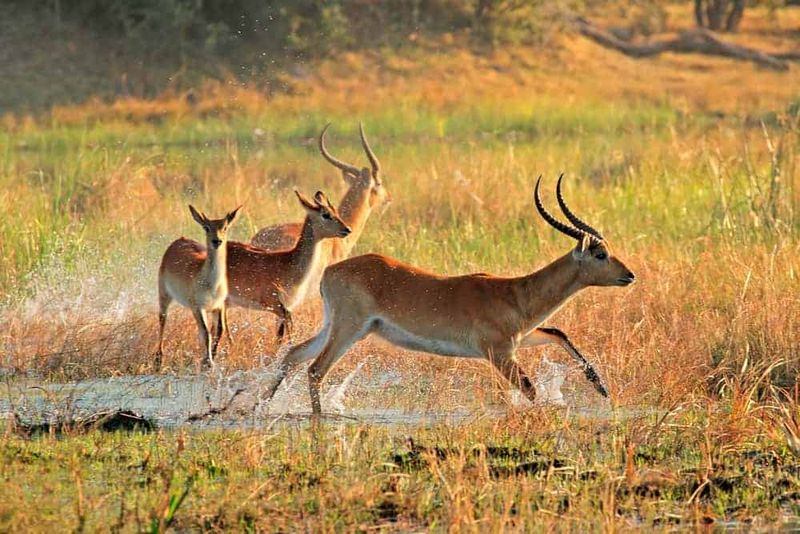
Those remarkable photographs triggered an avalanche of scientific interest overnight. Research teams have secured emergency funding for comprehensive population surveys using environmental DNA sampling and drone technology.
International media coverage has transformed this forgotten antelope into a global conservation symbol, bringing much-needed attention to DRC’s biodiversity crisis.
13. Cultural Significance
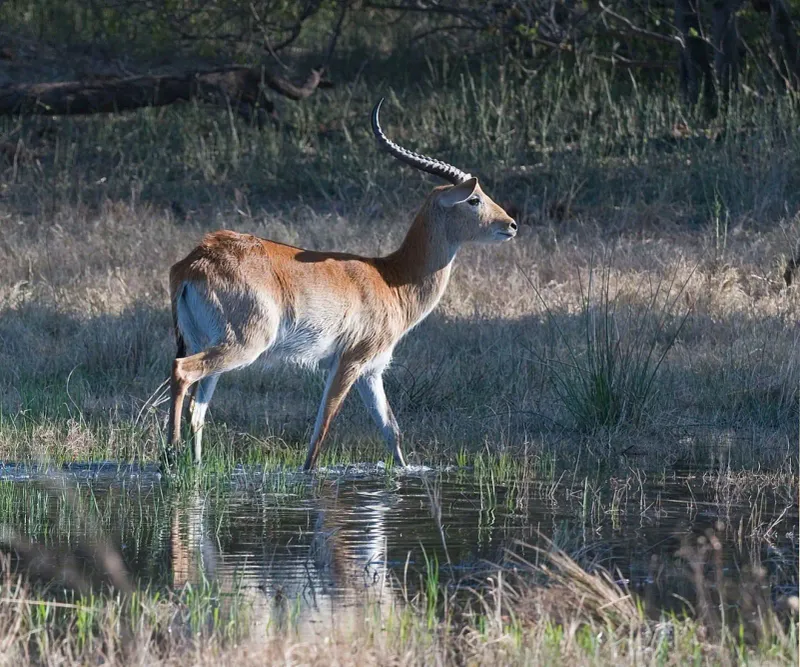
Ancestral stories from lakeside villages speak of the Upemba Lechwe as forest spirits, bringers of rainfall and fertility. Traditional ecological knowledge has helped researchers locate remnant populations by identifying seasonal movement patterns.
Elders remember times when herds numbered in the thousands, providing context for understanding the species’ decline.
14. Fewer Than 1,000 Individuals
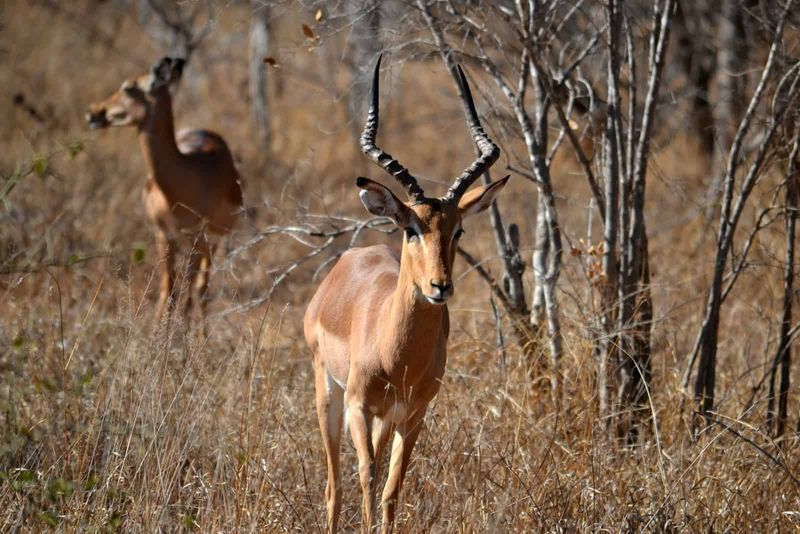
Heartbreakingly few Upemba Lechwes remain on our planet. Current estimates place their population at 500-800 individuals scattered across fragmented wetland pockets.
Every birth represents a tiny victory; every loss, a significant tragedy. Population viability analyses suggest they’ve reached a critical threshold where recovery demands immediate intervention.
15. Hope For Recovery
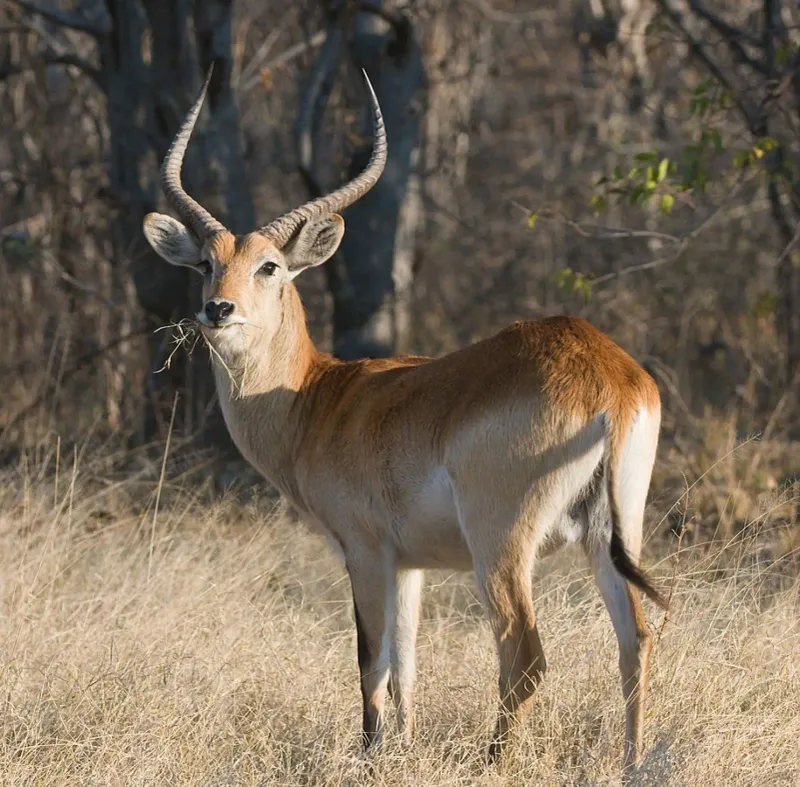
Against overwhelming odds, conservation success stories like the Arabian oryx provide templates for saving the Upemba Lechwe. Strategic corridor creation between habitat fragments could reconnect isolated populations.
Community-based conservation models offer sustainable alternatives to destructive practices, while improved park protection creates safe havens for these remarkable antelopes to recover.


